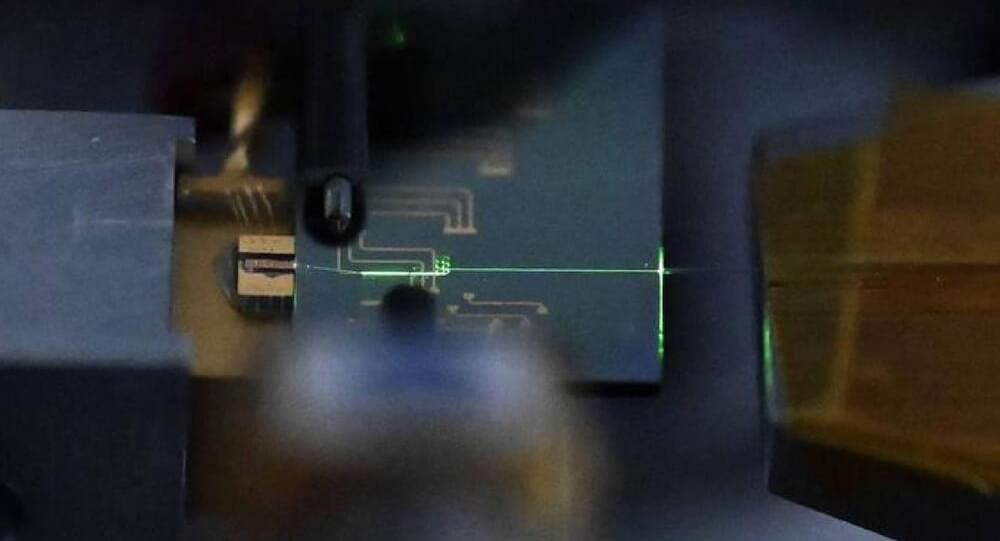The lab-born primate, developed by Chinese scientists, made history as the world’s first live-born “chimeric” monkey. And: he glowed! Green!



I discovered this service through my public library and the Libby app. It also works through a university if you’re a student. Here is a documentary on AI, one of our favorite subjects or at least mine, and the rivalry been the USA and China.
FRONTLINE examines the promise and perils of artificial intelligence (AI); from fears about work and privacy to rivalry between the US and China.

In June 2021, 46-year-old Aaron James of Arkansas miraculously survived a 7,200-volt electric shock.
NYU LANGONE STAFF
The surgical team at NYU Langone Health performed a complex 21-hour procedure to transplant an entire eye along with a part of the face for a military veteran who had experienced a life-altering accident.


This is not a networking terminology but quite literally the vegetable grown using 5G technology.
Telia.
5G is the latest generation of mobile telephony commercially available and has been touted as a game changer in various fields. This service’s use cases that provide high-speed internet with low latency extend from medicine to gaming and entertainment to manufacturing.

“Our goal is to revolutionize the field of ultrafast photonics by transforming large lab-based systems into chip-sized ones that can be mass produced and field deployed.”
On the tip of a fingerprint
However, these lasers are notoriously large and expensive making them impractical for constant use. Now, researchers have made a version of these devices that can fit on the tip of a fingertip or more conveniently on a small chip, more precisely a nanophotonic chip.

The robot dog that helped the LAPD end the standoff on Wednesday was one of the controversial devices that the Los Angeles City Council had approved for use by the police department earlier this year.
Boston Dynamics/ ONSCENE TV
The incident began around 3:45 am on Wednesday when a fellow passenger spotted a gun at the feet of a man who seemed to be asleep on the bus, the Los Angeles Police Department said.


“I SEE IT AS TAKING BACK SOME OF THE POWER THAT’S BEEN CEDED TO THE COMPANIES OVER THE YEARS.”
Applying for a job has always been a frustrating task, and employers getting deluged with a huge number of online applications is making the process more painful than ever.
Software engineer Julian Joseph applied to 5,000 jobs using an AI tool called LazyApply. He got 20 interviews.
